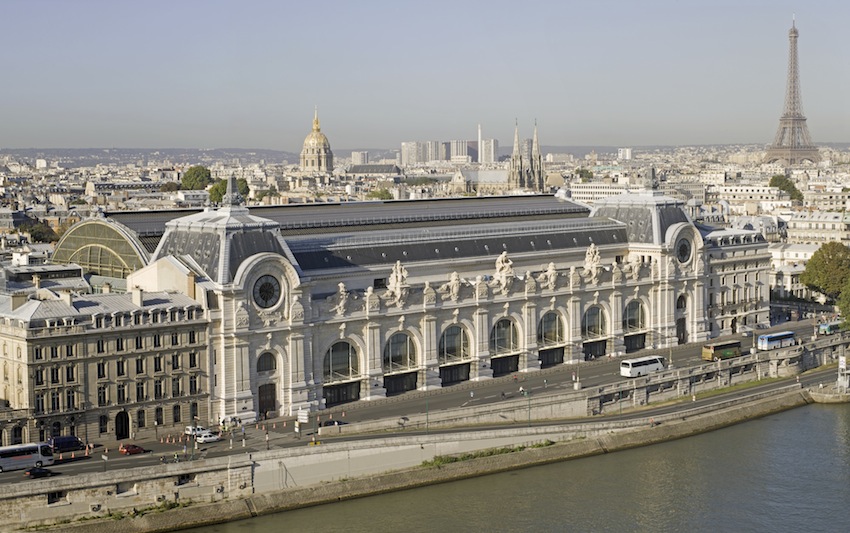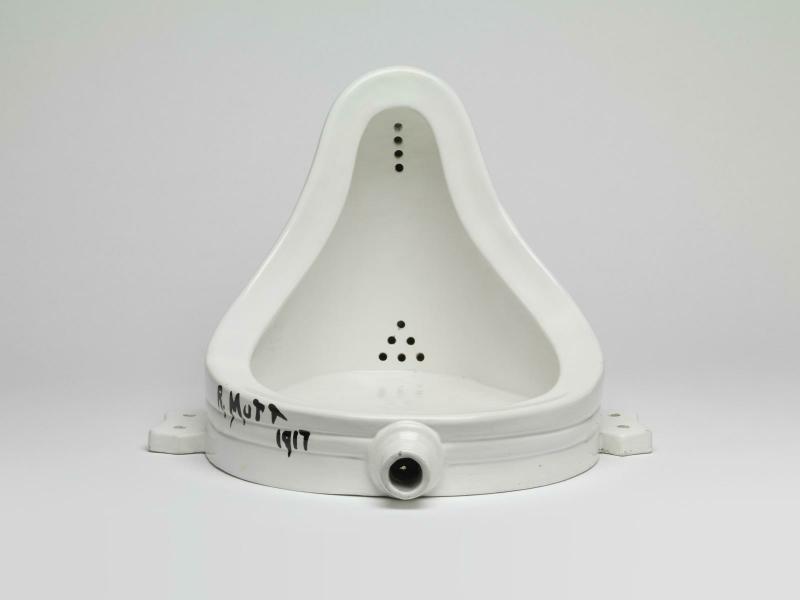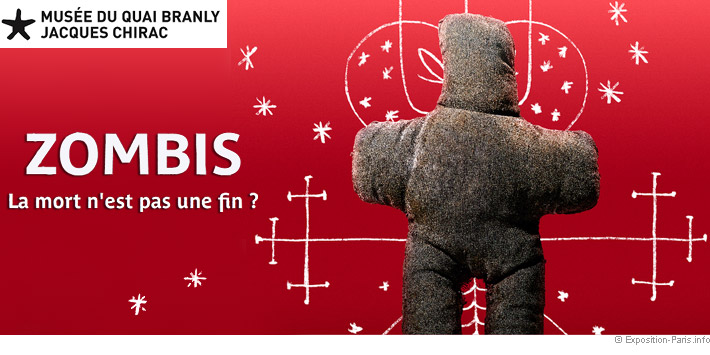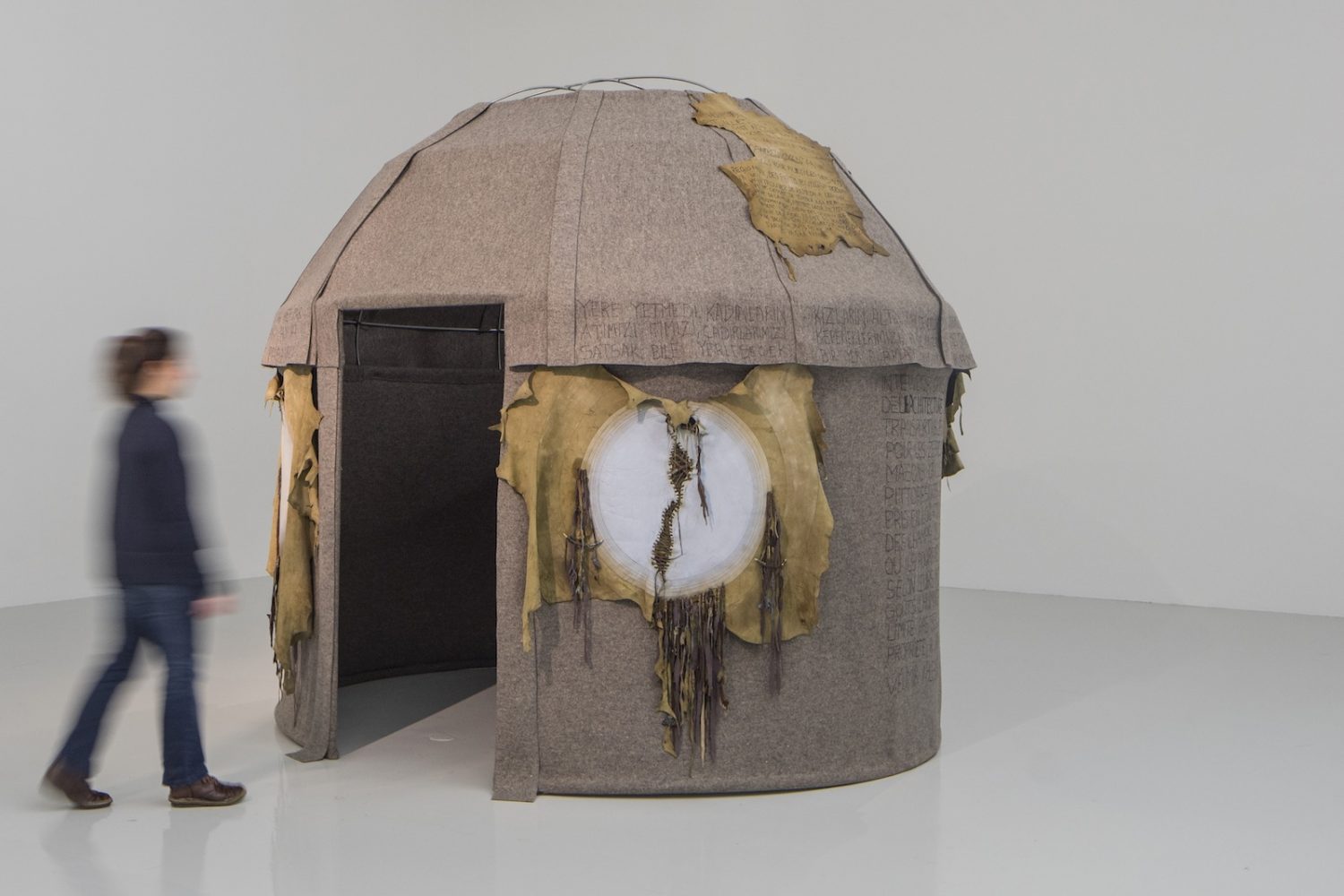
Fished for you in KNOWLEDGE OF THE ARTS

An Artists' Day: September 19!
Guy Boyer, Editorial Director of Connaissance des Arts had a great idea: to create an Artists' Day every year! The principle would be as simple as it is brilliant. It would involve opening the aisles of major Parisian museums for a day between two exhibitions to artists who would normally never have access to such an honor. Would the Museum of Modern Art, the Centre Pompidou and the Palais de Tokyo be ready to play the game, since they never host contemporary artists who do not already have a well-established rating? In any case, this is the initiative taken by the president of the Musée d'Orsay Christophe Leribault, relayed by his successor Sylvain Amic, in response to a request from Thomas Lévy-Lasne to make September 19 Painters' Day. This first was brief, lasting only six hours, but important on a symbolic level. A few dozen lucky artists benefited from the vast spaces of the old station and its zenithal light. Others had the privilege of rubbing shoulders with the famous painters of the past who inspired them so much. In short, the event was joyful with a little mischievous air of the Salon des Refusés. The public was there. Students of exhibitors, gallery owners and even amateurs came from all over France for this ephemeral exhibition placed under the sign of a spontaneous and informal dialogue between the eighty painters of the day and their public. Will this success give those who are entitled to the idea and the desire to perpetuate and expand to all the arts this first September 19? ARTactif votes for it.
Illustration: the Musée d'Orsay

Was Marcel Duchamp Pop?
The importance of an artistic event can be measured by the bridges it creates as much as by the questions it leads to ask. This is the case for the exhibition Pop Forever, Tom Wesselman at the Fondation Louis Vuitton until February 24. Wesselmann's links with the other essential giants of Pop art, Lichtenstein, Rosenquist and Warhol are thus obvious. Exhibiting them side by side no longer brings much. Rather than yet another silkscreen of Coca Cola bottles, we might as well call upon Ai Weiwei's Dynasty Urn with Coca logo. The pop message immediately ceases to be transparent. So much for the downstream and the insights provided by this exhibition on current art. And upstream, the highlighting of Wesselmann's influences is also rich in meaning. It should be noted that his youthful collages with staples reveal a Dada influence. And above all, we will press pause by emphasizing Duchamp's inspiration. Is the mythical Fountain one of the first pop icons? It is a trivial object from the industrial era reproduced identically in thousands of copies. Like the radiators, towel dryers, refrigerators or toilet seats that Wesselmann integrated into his works in the sixties. Should Pop works be catalogued as ready-mades?
Illustration: Fountain by Marcel Duchamp (1917)

How much does a Wesselmann cost?
About fifteen years ago, you would have paid double, but right now, you only need $2.5 to $3 million to buy yourself a Wesselmann. At that price, you're getting a bargain if you get your hands on a work from the Great American Nude and Still Life series. Do you think that's expensive? Tell yourself that if you were to fall for a Warhol like Shot Sage Blue Marilyn, it would cost you a lot more. The piggy bank you would break would have to contain at least $195 million. That's the price at which this work was sold in 2022. The law of supply and demand.
Zombie or not zombie?
Let's learn to tell the difference between the original and the copy. So what is the difference between a zombie with a final e and a zombie without an e. The first is a Hollywood caricature, a killing machine, preferably a cannibal, in the great tradition inaugurated by George A. Romero's Night of the Living Dead. The second is the authentic one. In the Haitian tradition, it is a living person who looks like a dead person. Bewitched by a voodoo sorcerer, the victim of family vengeance or punished for his own misdeeds. Buried, exhumed, without any willpower left because he is drugged, he would be reduced to slavery and work in a factory or in the fields. Unless he is a living person who has usurped the identity of a dead person or a psychiatric zombie, that is to say a mentally ill person who thinks he is dead. Photography enthusiasts will appreciate the very particular case of this zombie seen in the Artibonite region by the master of ceremonies of the Quai Branly exhibition, Philippe Charlier. Photographed by this forensic doctor and archaeo-anthropologist, his image does not appear in any of the hundreds of photos taken of him, as if it dissolved into plumes of smoke rising from the ground. He does not print. Perhaps he should have been asked to take a selfie himself?
Illustration: Poster for the exhibition Zombies Death is not an end? Musée du Quai Branly Jacques Chirac (until February 16)

Both concave and convex
The true woman is both concave and convex… It was with this phrase from the poet René Nelly engraved on her skin that Nil Yalter performed a belly dance of “Femme sans tête” in front of the lens in 1974. And it was under the title Exile is a hard job borrowed from another poet, Nâzim Hijmet, that she exhibited her photos and videos on emigrants, the “left behind” in 2023. This poetess of the image came to plant in the central pavilion of the Venice Biennale “Topak Ev”, her legendary yurt discovered in 1973 in Paris as part of the ARC (Animation Recherche Confrontation). Echo of a distant homage to the women of the nomadic communities of central Anatolia. Cry of alarm from a pioneer. She will have won in this move a Golden Lion rewarding her entire career as an artist committed with an astonishing tenacity and an astonishing gentleness.
Illustration: Topak Ev Yurt in metal, sheepskins, cooked, text and mixed techniques by Nil Yalter (1973)






































































